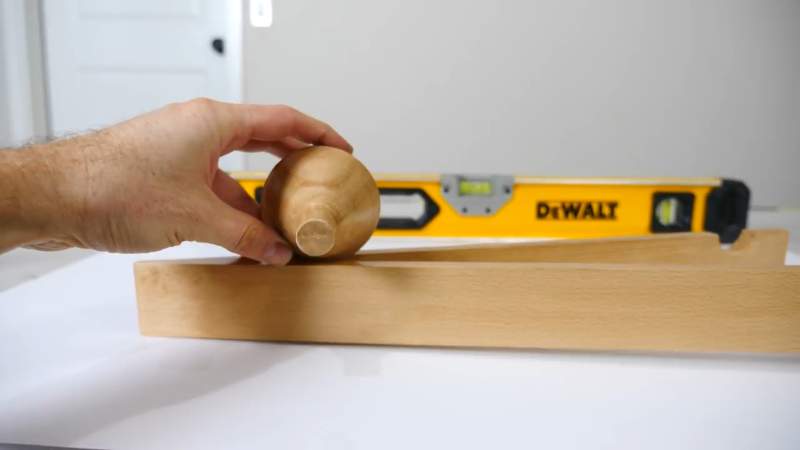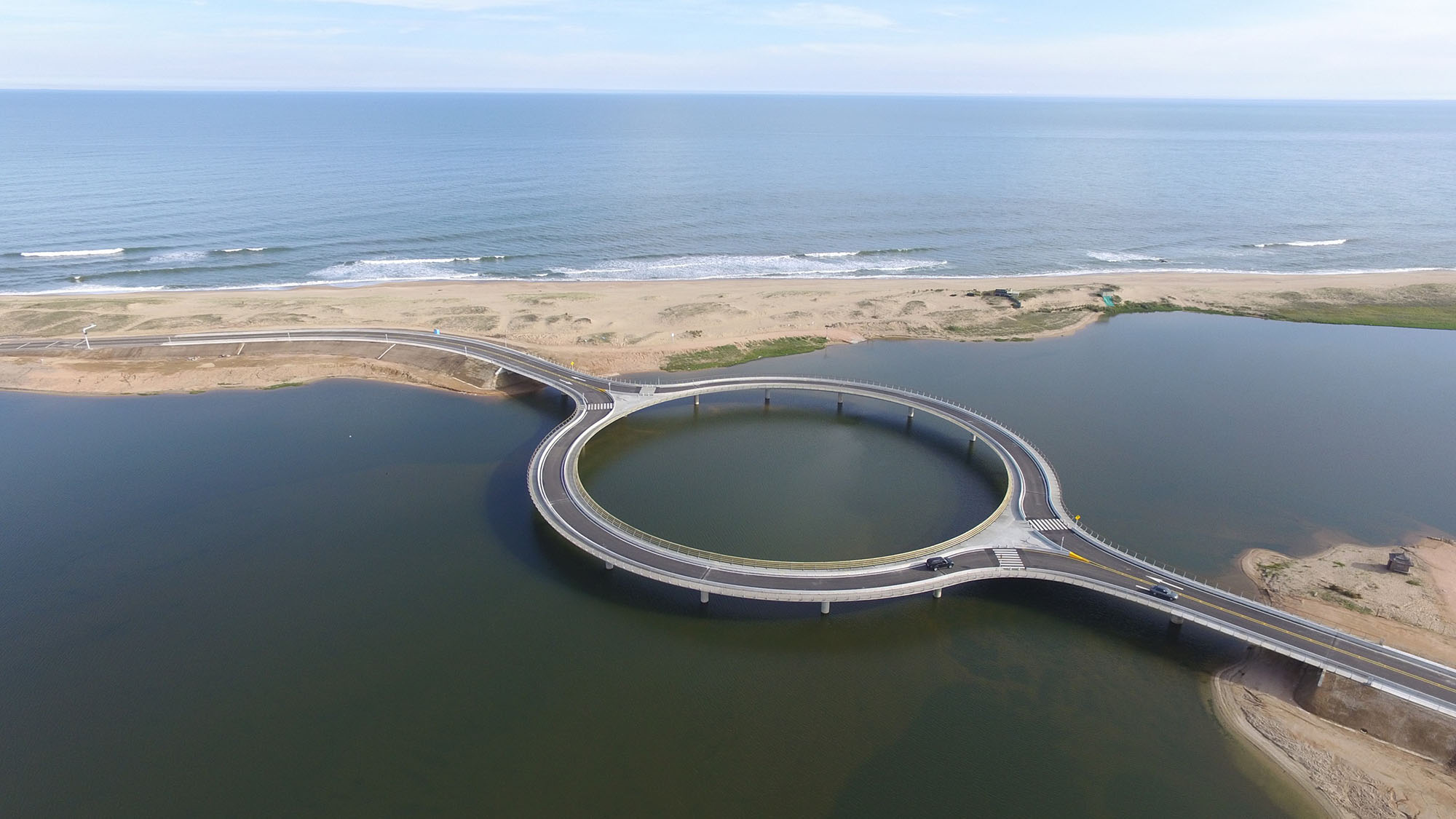
Everyone is aware that an item will tend to roll down an inclined plane at a fast rate if friction or other factors allow it since Earth’s gravitational attraction is exerted on the object.
Is it possible for an item to ascend an inclined plane on its own without the aid of any external or internal energy source? Let’s find out…
The Double Cone Hill Climber

A double cone surprisingly travels along diverging inclined plane without any external force.
The diverging construction allows the double cone’s center of gravity to descend while the double cone itself climbs the rails, which causes this effect. The diverging structure lowers the center of gravity of the double cone more by the ascending process.
For example, if we take an inclination and measure the height of the double cone’s axis at its lower end and compare it to the height at its upper end, we can observe that the upper height is lower.

Because there is a trade-off between divergence angle, rail inclination, and cone angle, the experiment must be set up precisely in order to accomplish the climbing effect.
In 1694, an English mathematician and field surveyor named William Leybourn recorded this experiment in one of his writings, dubbing the Uphill Roller’s invention.
Conclusion
This is a unique construction, and when the double cone ascends the inclination, its center of gravity is lowering simultaneously since an object’s center of gravity constantly strives to be as low as possible to achieve rest (equilibrium).
For this reason, an object’s weight is directly related to the force imposed on it by Earth’s gravity, which in turn causes it to fall. There are occasions when gravity can mislead us, as in the experiment illustrated above, but gravity is not.
Physical objects are assumed to have an imaginary center of gravity, which is used in a variety of physics calculations, such as the construction of buildings or the prediction of the movement of moving bodies.
To know more about this experiment and how does it work, watch the following video by The Action Lab on YouTube:



